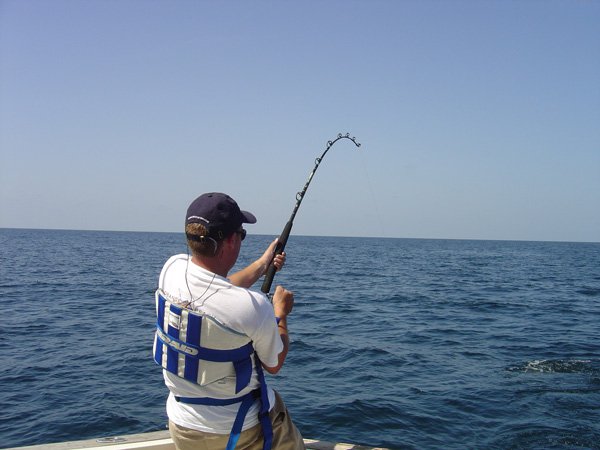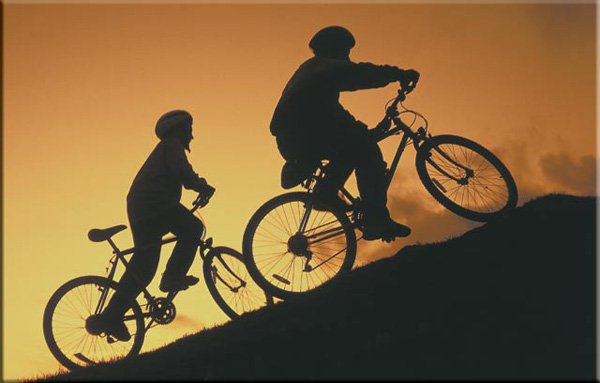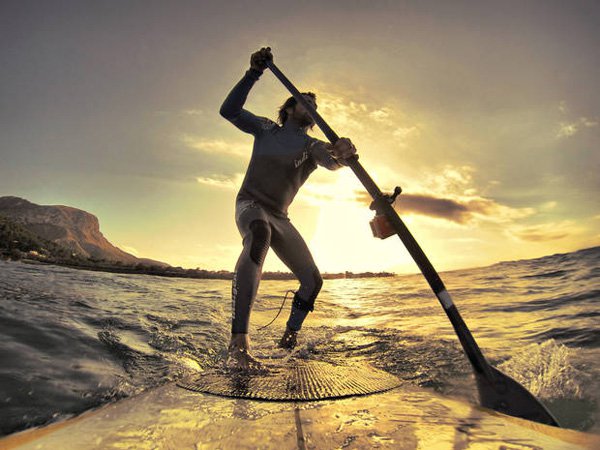Getting into the back straps
Question
QUESTION: Hi there, please assist if possible. I regard myself as an average slalom sailor yet in 20+ knots I cant seem to stop my board from pointing upwind when placing my back foot into the strap after a gibe. After completing a plaining gibe I want to stay on a downwind course. Getting my front foot into the front strap comes naturally, yet as soon as put pressure on my front foot so to get my back foot in the strap I feel as if I am going to get flung forward. The result always ends in me pointing the board upwind where I can hang from the boom, bend my knees and get my back foot in. The problem being that I lose time pointing when I should be running a broad reach. I would really appreciate your opinion.
ANSWER: Hey Rob,
There could be a few reasons for your dilemma. You could be waiting too long to switch feet, waiting too long for your sail flip which delays the foot switch, you could be holding your carve too long, or allowing too much weight to fall on the windward side of the board.
For starters, pay close attention to when you are coming out of the gibe. When you are just past the full downwind spot, start flattening out the board to get it headed on a broad reach. You should be flipping or have flipped the sail by this time. When you switch feet, keep pressure on your back foot/toes to keep the board flat and heading offwind. With your weight on the back foot and pressure on your toes, you should be able to get your front foot into the strap. At this point, sheet in and push with your front foot by straightening your leg some. You still need to keep some pressure on your back toes to keep the board flat and going offwind.
You may also need to complete your gibe as described above but wait to get your back foot into the strap. Just keep it in front of the rear strap with pressure on the toes until you have positive control of the sail, you are back on a plane, and headed on a broad reach. Then you can hang from the harness a bit and slip the back foot in.
Remember that gibes are a timing thing. If you miss the time slot on any part, then something will not go right. A late sail flip is one of the major problems that most of us have and when we experience the other problems caused by the late flip, we tend to focus on those instead of the initial cause of the problem. Work on your flip at or just after dead downwind and flattening the board after the flip and this should help resolve your upwinding problems.
Hope this helps.
Keep on sailing,
Windlover
---------- FOLLOW-UP ----------
QUESTION: Hi Windlover
Excuse me racking your brain for more answers ----- Your tip on getting into the back straps?was very useful so here I am again.
I am reasonably ok with Jibing in anything up to 20 knots. Suddenly when the swell kicks up and the white horses start running with 25 knots or more I become a real idiot. I suppose its commitment yet I am so super confident in light winds and pull off awesome jibes. Yet when it really counts and the chop is up, I seem to stand very upright and wobble round like a beginner. So I suppose the question is what I do to try and keep the board from rearing around and bobbing from chop to chop eventually resulting in throwing me off. Travelling at 70km per hour and jibing does not scare me, yet travelling at 70 km per hour and throwing everything into a jibe when there is massive chop scares the sh!*%t out of me. The few times I have had the guts to seriously crank a jibe in big chop I have been seen flying through the air without a board. Please Help!
Answer
Hey Rob,
The big key to making jibes in chop and higher winds is BEND YOUR KNEES! As you start going offwind to increase speed, as soon as you pull your back foot out and place it behind the front strap, BEND YOUR KNEES, BEND THEM MORE. It should feel like you are going to kneel down. This draws your hips down and pulls your center of gravity closer to the board which helps keep you from getting launched and drives the leeward edge of the board deep into the water. This will keep the board from bouncing out in the chop. Another tip is to shift your forward hip towards the mast. This will help shift your weight a bit forward and also drive the leeward edge of the board down.
Hope this help.
Keep on sailing,
Windlover
F2 Boom rigging
boom / mast knot


